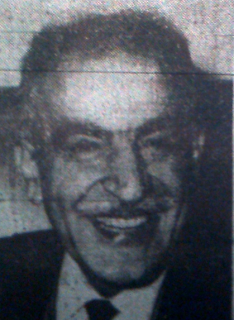Last post I paid tribute to a beloved family physician. I cannot leave this whole subject without
writing about Nurses. This is my tribute to them.
It is related to health issues back- in -the day series, but will be a little more elaborate. The reason?
I am a nurse, my sister is a nurse, the daughter of my heart is a nurse, and nurses have been and are some of my best friends. Many of the readers of this blog are nurses.
The nurses in my family and among my close friends have advised, encouraged and supported me so often I lost count. I believe in nurses and their ability to provide so much for the people with which they come in contact. So this is a tribute to all of you, especially Kathy, and Lyn of whom I am so proud as she heads for the stars and Carol G. who knows who she is.
Today my daughter Lyn carries on the tradition but in a way I could never have dreamed. I live nursing vicariously again through her as she shares her experiences in a whole new world of caring.
Since I was a little girl, I wanted to be a nurse. Maybe it was being a candy striper at Morton Hospital when I was a teen. Who knows. I watched these gracious women tend to folks in need and they inspired me. In 1960, I graduated from a hospital three year program and was on my way. The happiest years in my long health care career were when I was hands-on with patients. As a Clinical Care Interventionest many challenges faced me each day. My time was before ICU's. I was the first nurse to special a patient on a monitor in the hospital where I worked.....how far we have come! I would tell you that story as it is a good one....but for another time.
I not only worked in the hospital venue but also for nearly a year in a migrant health clinic
which fully rounded out my experience as a nurse.
The late 50's and early 60's, my days were the days of starchy caps that constantly were pulled off by bed curtains, an errant child, or fell askew in an emergency. No heart monitors, or staffing standards per se. As students you were often all alone on night duty with 40 patients. Doctors were not to be contradicted or questioned, you rose from the desk when they came in, and carried all their charts on rounds. You kept silent. Thank the Lord that has changed. Many patients back then and even today do not realize it may have been a nurse that saved their lives.
There was a lot of intuitive caring as abilities were honed. There was constant vigilance since equipment did not yet do all that. There was teamwork. There were tears, heartbreaking moments, and moments of joy. There was never boredom, I can tell you that.
My graduation picture: 1960
St. Anne's Hospital, Fall River, MA
Nursing has come a far way. But, roots always demand restudy and a keeping of the good.
Here is a photographic journey of nursing's roots to remind us
of the courage and commitment, of risk taking and challenge, of
what made us love it, no matter what....
A visiting nurse in the early 1900's going from rooftop to rooftop in some big city to visit patients. Nurses are not easily daunted....
1931 video on frontier nursing in the mountains of Kentucky
I thoroughly loved this. I did not ride horseback
but I recall my own harrowing moments.
Nurses have been in the forefront of healing and prevention for eons. During the Civil War, it was the hospitals of the Sisters of Charity and those of Clara Barton where patients survived in much larger numbers due to their outstanding cleanliness as well as their care. . Nurses, still today, have to be vigilant with cleanliness in health care.
War brought out, and still does, the best in nurses all over the world. China Beach was one of my all-time favorite TV shows about nurses in combat conditions. Nurses fight smaller quiet wars all the time protecting their patients in so many ways, they always have.
This is 1st Lt. Sharon Lane, R.N. army nurse. She was killed by enemy fire while caring for her
patients. She is the only American servicewoman to have been killed by direct enemy fire during the Vietnam war. She deserves to be remembered by us all.
So here's to all you nurses, wherever you may be,
bless you in the name of everyone
you care for: yesterday, today and tomorrow.
bless you in the name of everyone
you care for: yesterday, today and tomorrow.























